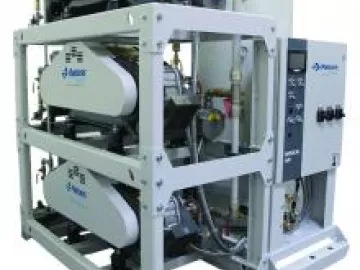Supplied Air Respiratory Protection
Hazardous breathing conditions exist in routine industrial operations, such as hospitals, abrasive blasting, paint spraying, industrial cleaning, and arc welding. In these and other operations that introduce contaminants into the workplace, supplied-air respirators are frequently used for worker protection.




